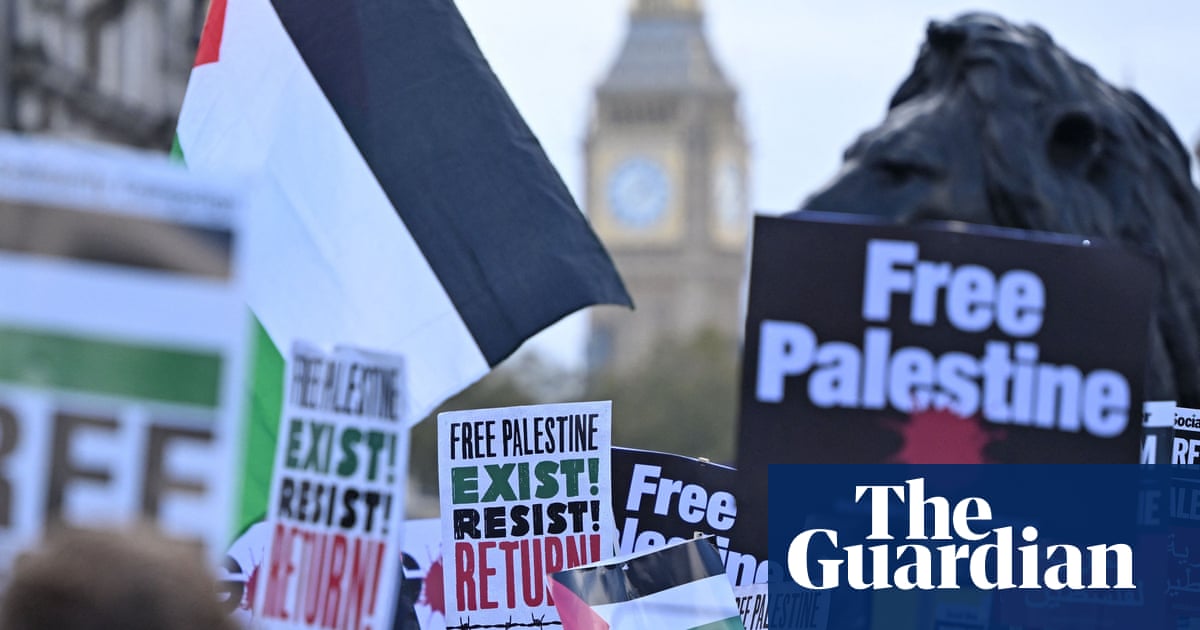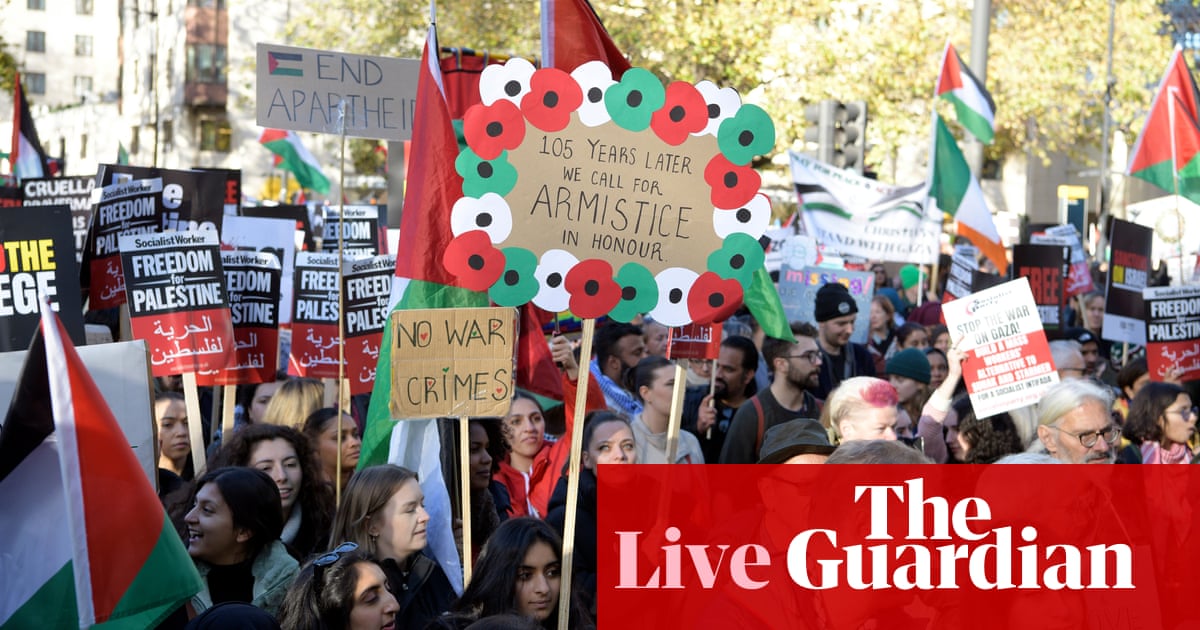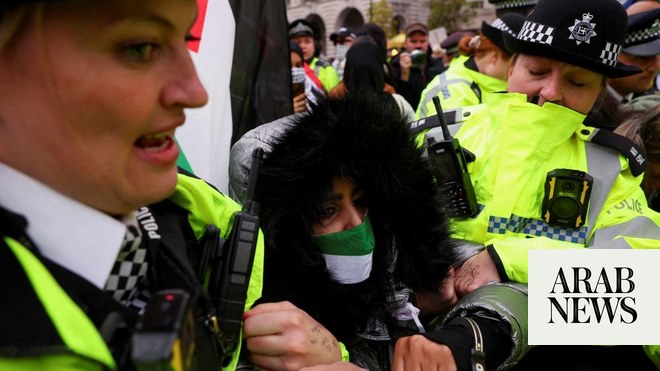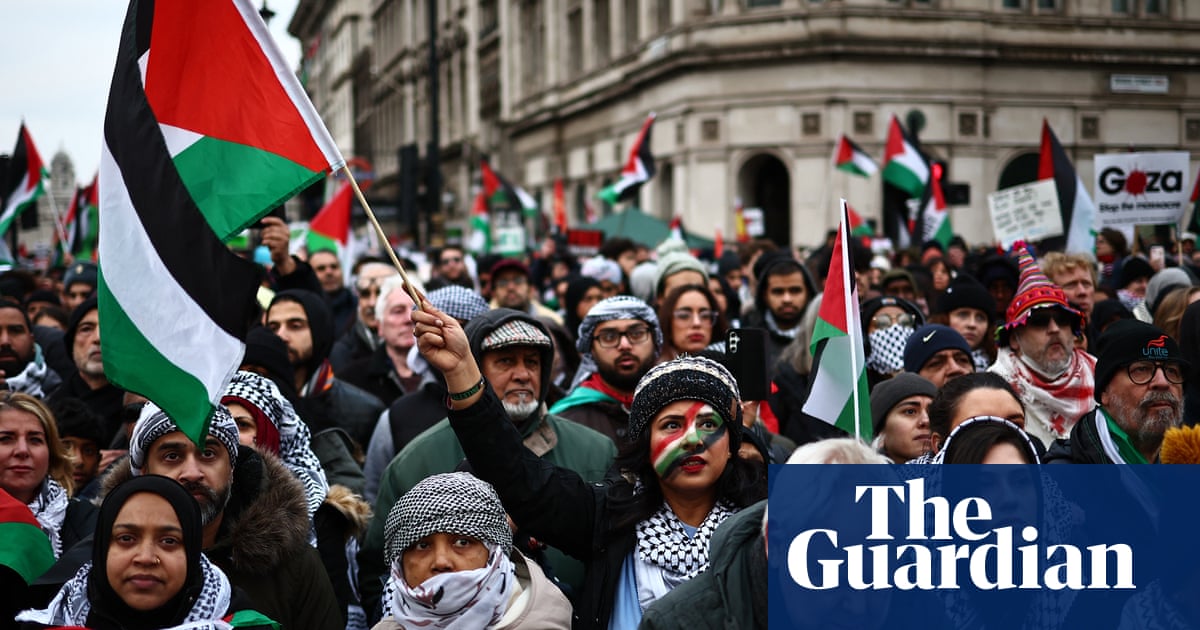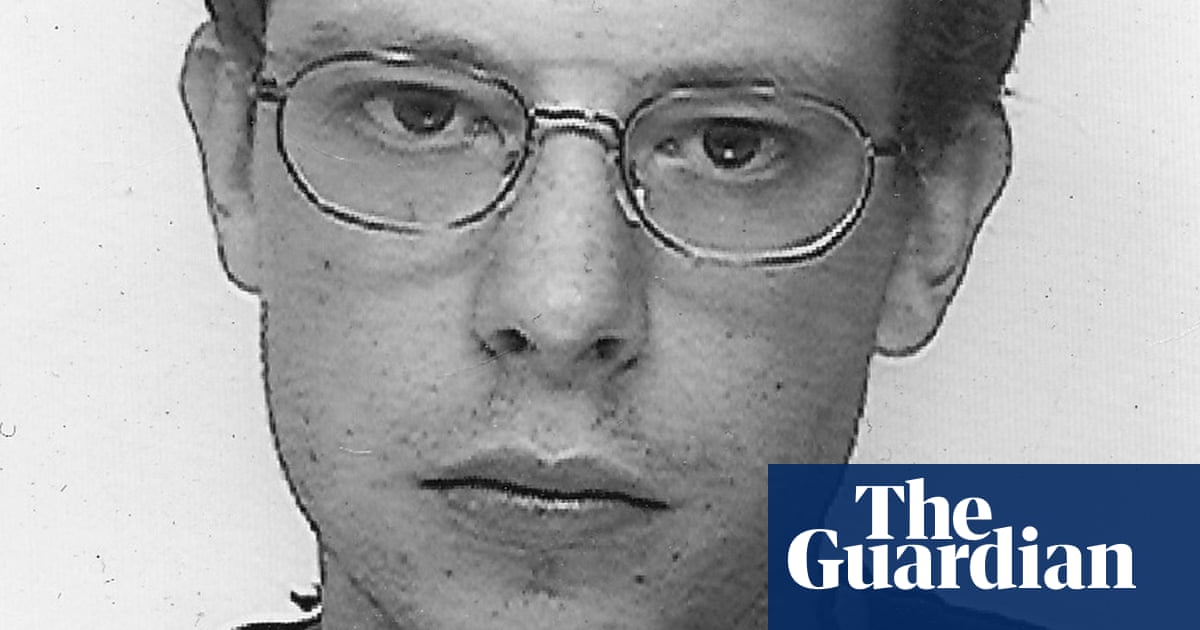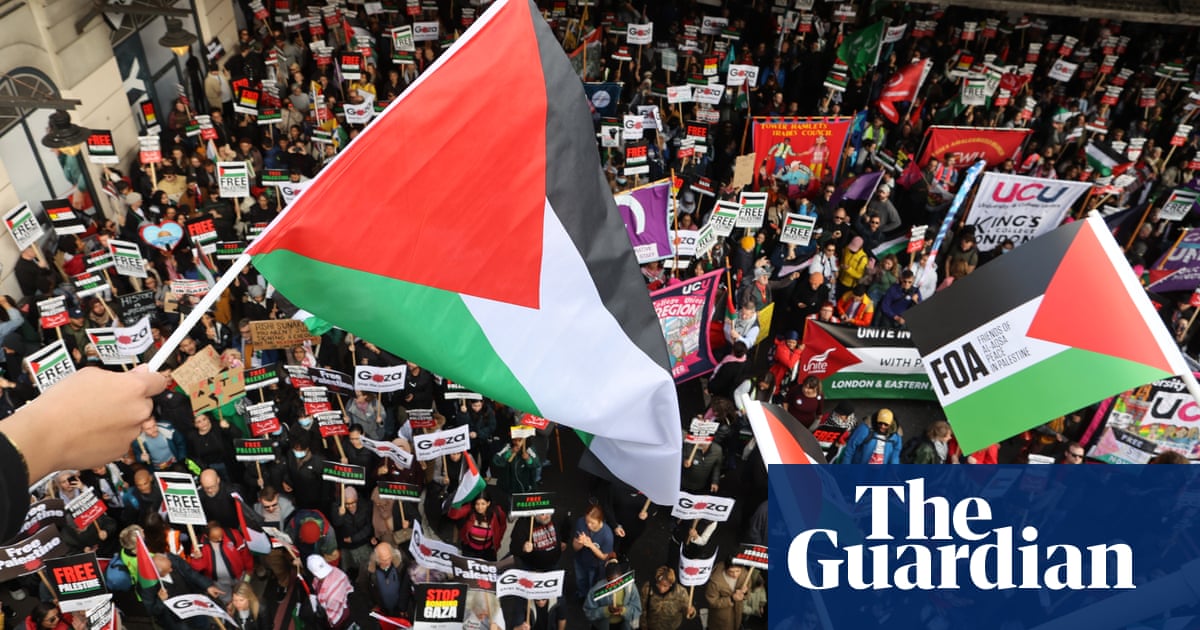
The use of section 13 of the Public Order Act to prohibit a march on the scale of the one being planned by pro-Palestine groups on Armistice Day this Saturday would have been unparalleled. The outcomes on other occasions when policing has gone in tough may offer grounds for doubt.
Coronation day
Before King Charles’s coronation in May 2023, there had been weeks of discussions with the main anti-monarchy protest group, Republic, about its intentions to hold a protest along the procession route. Despite the police being informed about the plans, the main Republic organisers were arrested hours before the procession was due to pass them on Trafalgar Square. The Met commissioner, Sir Mark Rowley, later expressed regret over the arrests.
Sixty-four arrests were made during one of the largest policing and security operations the Met had delivered – 52 for protest-related offences and 12 for other offences. The Crown Prosecution Service informed the Met in October 2023 that 21 people who had been referred to them after an arrest would face no further action.
Vigil for Sarah Everard
In March 2021, the group Reclaim These Streets proposed a socially distanced vigil for Sarah Everard, who had been raped and murdered by a serving Met officer, Wayne Couzens, in Clapham, south London.
The event was cancelled when the organisers were threatened with fines but hundreds of people attended an unofficial vigil led by the direct action group Sisters Uncut. Officers tried to disperse protesters, leading to clashes.
In March 2022, a high court judge ruled the Met had breached the rights of the organisers from the start by failing to respect their right to protest. Lord Justice Warby said: “None of the [force’s] decisions was in accordance with the law; the evidence showed that the [force] failed to perform its legal duty to consider whether the claimants might have a reasonable excuse for holding the gathering, or to conduct the fact-specific proportionality assessment required in order to perform that duty.”
Tuition fees
About 50,000 people protested in London in 2010 about the rise in tuition fees and the cuts to post-16 education. The scale of the protest took the police by surprise.
Protesters who broke off from the main route of the march occupied the lobby of a building at Millbank, in central London, where police wielding batons clashed with a crowd throwing placards, sticks, eggs and bottles.
The then Met commissioner, Sir Paul Stephenson, apologised, admitting that the force should have anticipated the level of violence, adding: “It is not acceptable. It’s an embarrassment for London and for us.”
G20 protests
A protest by 4,000 people in London’s financial centre at the time of the G20 summit in 2009 had been largely peaceful but skirmishes broke out as police tried to keep thousands of people in containment pens around the Bank of England on Threadneedle Street.
A tragic outcome was the death of the newspaper seller Ian Tomlinson, 47, who was struck and pushed by PC Simon Harwood, a riot officer with the Met’s elite territorial support group unit. An inquest into Tomlinson’s death recorded a verdict of unlawful killing.
Harwood was acquitted of killing Tomlinson but was sacked after a disciplinary panel found he had committed gross misconduct. Commander Julian Bennett, who chaired the panel, said: “PC Harwood’s use of force in this case cannot be justified. His actions have discredited the police service and undermined public confidence in it.”




